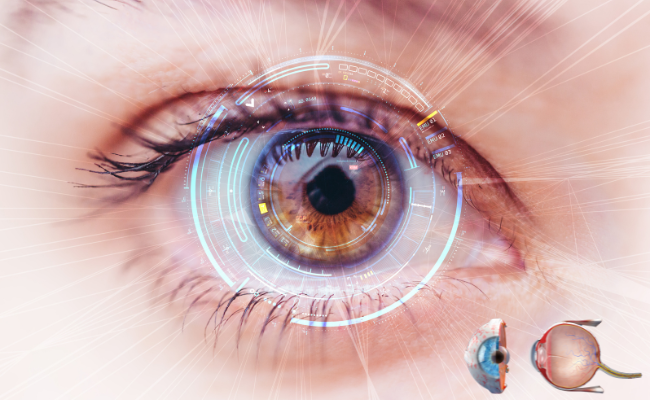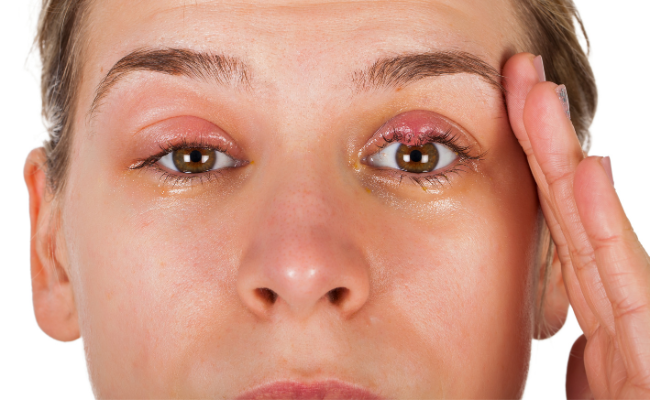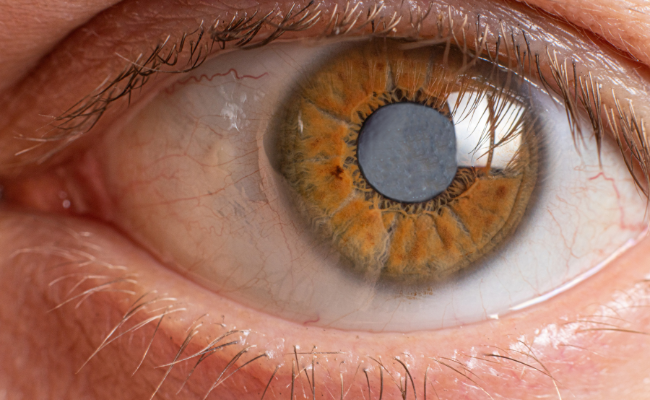How to Treat Duane Syndrome?
- December 09, 2023
- No Comments
What is Duane Syndrome?
Duane Syndrome, classified as a subtype of congenital strabismus, manifests as a distinctive form of inherent eye misalignment. Individuals affected by Duane syndrome grapple with impediments in horizontal eye movement, experiencing challenges both in inward (adduction) and outward (abduction) gazes. Moreover, the disorder extends its impact to compromise upward and downward eye movements. In tandem with ocular misalignment, Duane syndrome presents a unique feature – eyelid movements during attempted eye motions. This phenomenon is a consequence of irregular nerve signaling to the eye muscles, indicative of the condition's underlying neurological origins.
Named after Alexander Duane, who documented it in 1905, Duane Syndrome is recognized for its early onset, typically appearing in childhood. The disorder stems from abnormal developmental patterns in the eye muscles, leading to the characteristic limitations in eye movement. Notably, this congenital eye movement disorder predominantly affects one eye, with approximately 80% to 90% of cases being unilateral. The left eye is more commonly impacted, underscoring the distinct asymmetry often associated with Duane Syndrome.
Why Does Duane Syndrome Occur?
The precise cause of Duane Syndrome remains unclear, but it is generally considered a result of abnormal development of the ocular muscles and nerves during fetal development. Genetic factors may contribute, as the condition sometimes occurs within families. While Duane Syndrome is typically present at birth, its impact on vision and eye movement can vary.
How to Identify Duane Syndrome?
Recognizing Duane Syndrome involves observing specific eye movement limitations and associated features. Key characteristics include:
- Limited Horizontal Eye Movement: Difficulty moving the affected eye outward (abduction) or inward (adduction), especially noticeable when attempting to track objects horizontally.
- Compensatory Head Movement: Individuals with Duane Syndrome often adopt a head turn or tilt to help align their eyes, compensating for limited horizontal movement.
- Abnormal Eye Movements: Jerky or rapid eye movements (nystagmus) may accompany attempts at lateral gaze, indicating the presence of Duane Syndrome.
- Differential Involvement: Duane Syndrome can affect one or both eyes, with variations in severity and range of motion limitations.
- Eyelid Changes: In some cases, individuals may exhibit eyelid narrowing (ptosis) or widening (retraction) when attempting lateral eye movements.
Treatment Solutions for Duane Syndrome:
While there is no cure for Duane Syndrome, various treatment approaches aim to manage symptoms and improve quality of life:
- Observation and Monitoring: In mild cases with minimal impact on vision, periodic monitoring by an ophthalmologist may be sufficient.
- Glasses or Contact Lenses: Corrective lenses can sometimes help manage vision issues associated with Duane Syndrome, particularly in cases where strabismus (misalignment of the eyes) is present.
- Vision Therapy: Vision therapy involves exercises to improve eye coordination and alignment. It may benefit individuals with Duane Syndrome, especially children.
- Surgery: Strabismus surgery may be considered to improve eye alignment and correct head turn or tilt. Surgical intervention is often tailored to the specific needs of each individual.
- Botox Injections: Botox injections into the overactive eye muscle can temporarily reduce muscle movement, potentially alleviating symptoms. This is often considered in cases where surgery is not immediately advisable.
- Adaptive Strategies: Individuals with Duane Syndrome often develop adaptive strategies to cope with limitations. This may include adopting specific head postures or adjusting lifestyle habits.
Benefit Points of Managing Duane Syndrome:
- Improved Eye Alignment: Treatment measures, such as surgery or vision therapy, can contribute to better eye alignment, reducing the need for compensatory head movements.
- Enhanced Quality of Life: Managing symptoms and improving eye movement can enhance overall quality of life, particularly in terms of visual comfort and social interactions.
- Optimized Vision: Corrective lenses and vision therapy may contribute to optimizing vision, minimizing the impact of Duane Syndrome on daily activities.
- Reduced Self-Consciousness: Surgical and non-surgical interventions can address the visible signs of Duane Syndrome, potentially reducing self-consciousness related to eye misalignment.
- Early Intervention for Children: Early diagnosis and intervention, especially in childhood, can facilitate the implementation of effective treatments, potentially minimizing the impact of Duane Syndrome on development.
- Customized Approach: Treatment plans are often tailored to the individual, considering factors such as the severity of symptoms, age, and overall health.








.jpg)


Comments (0)
No comments yet